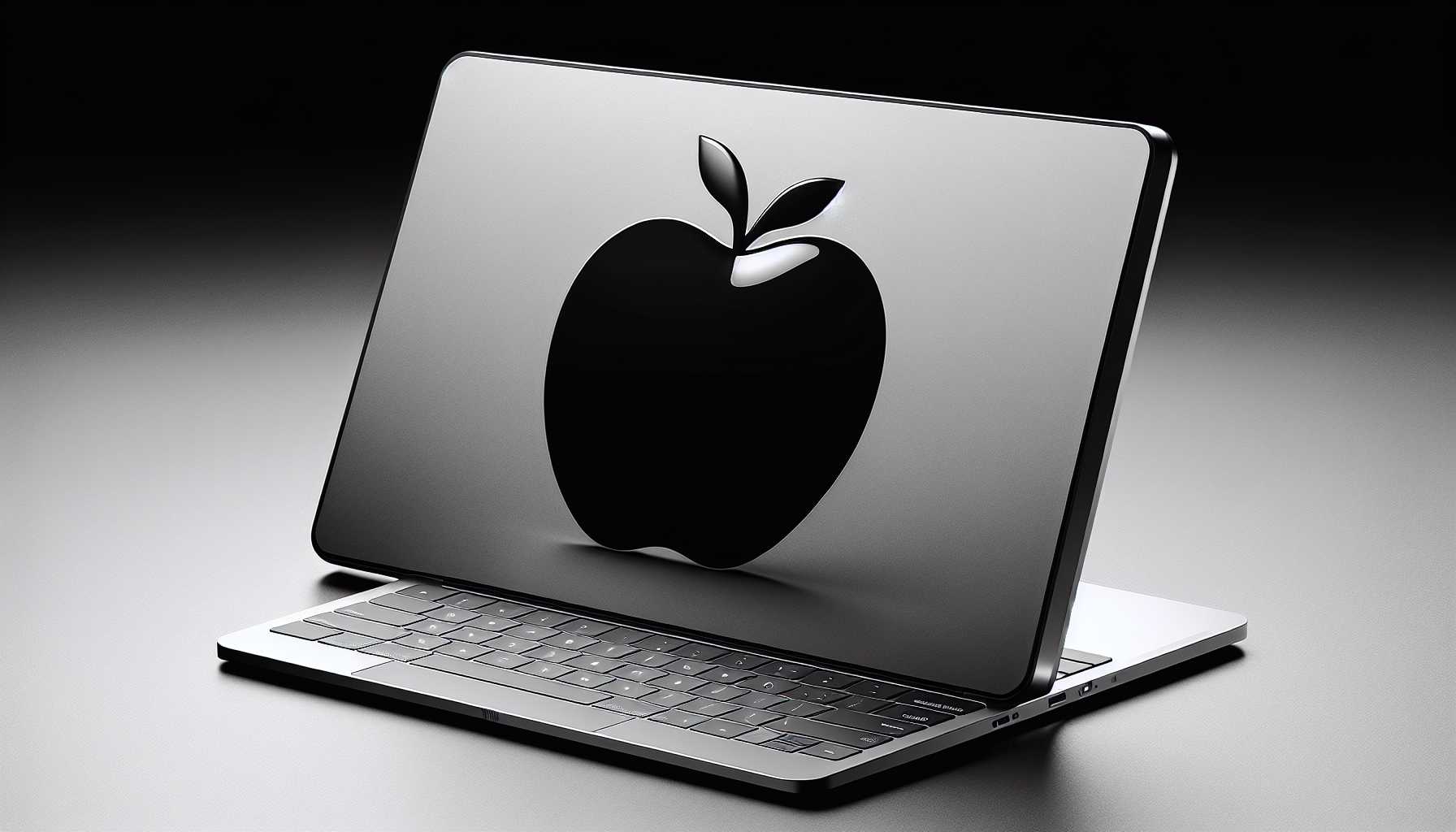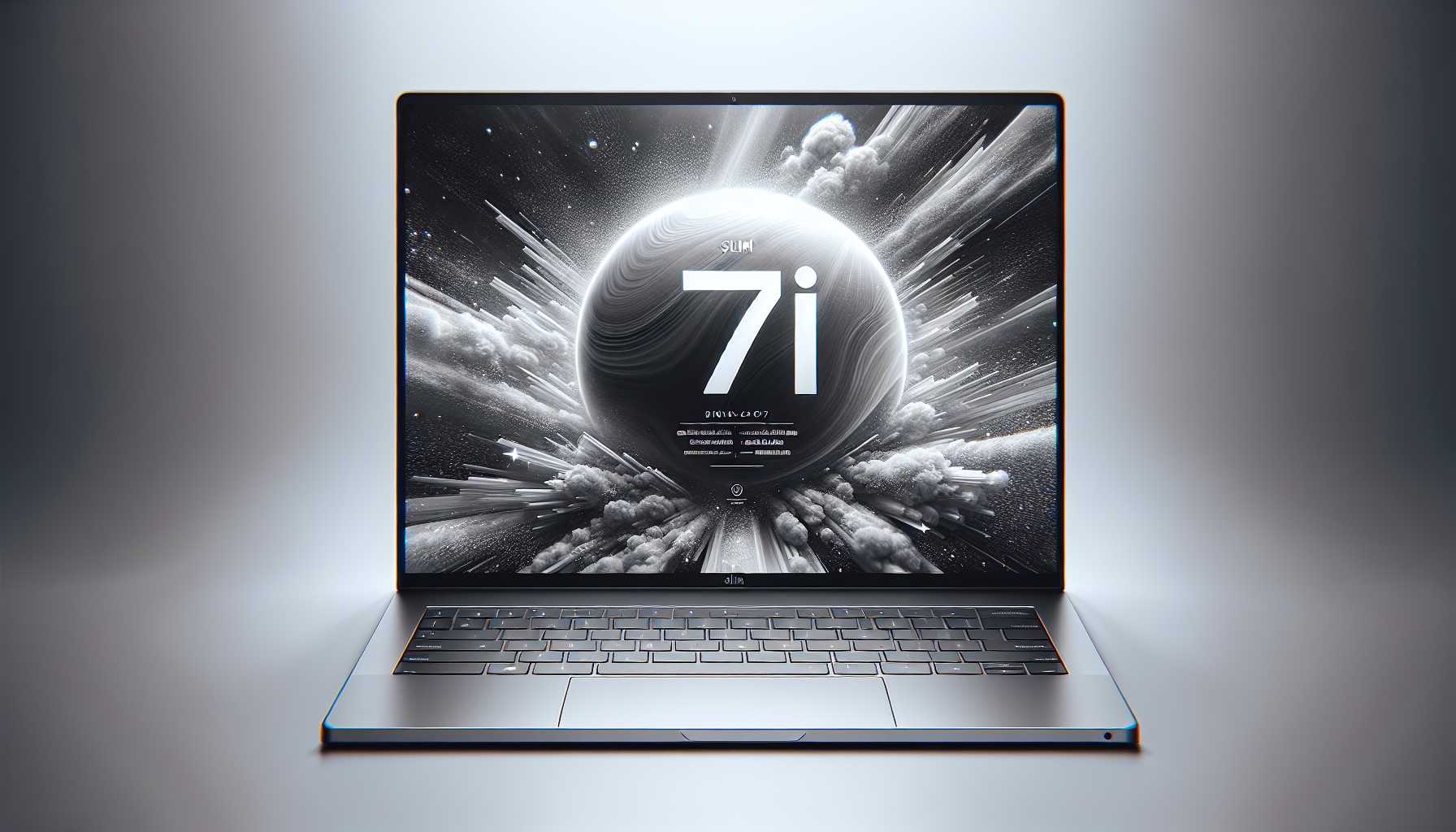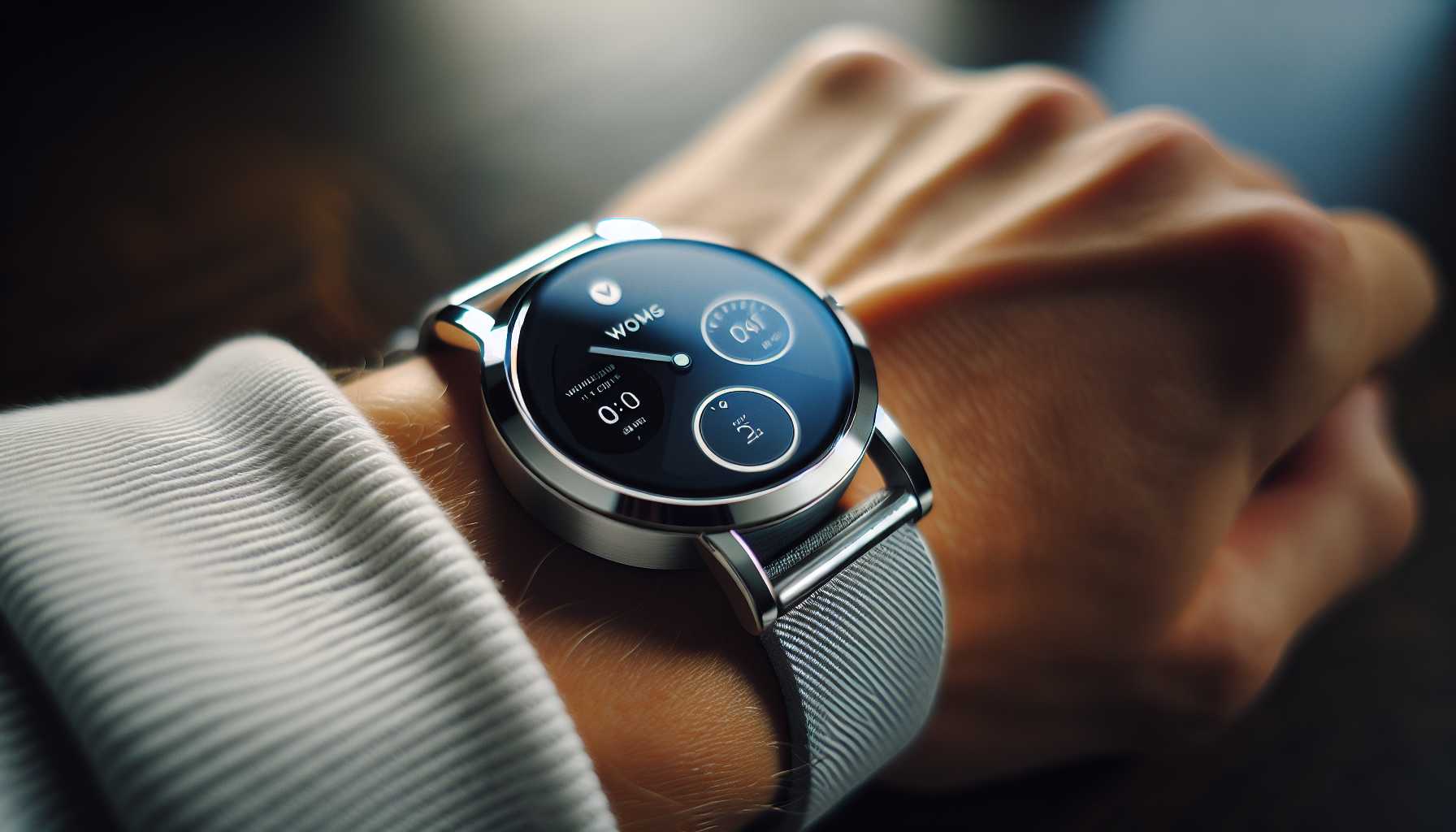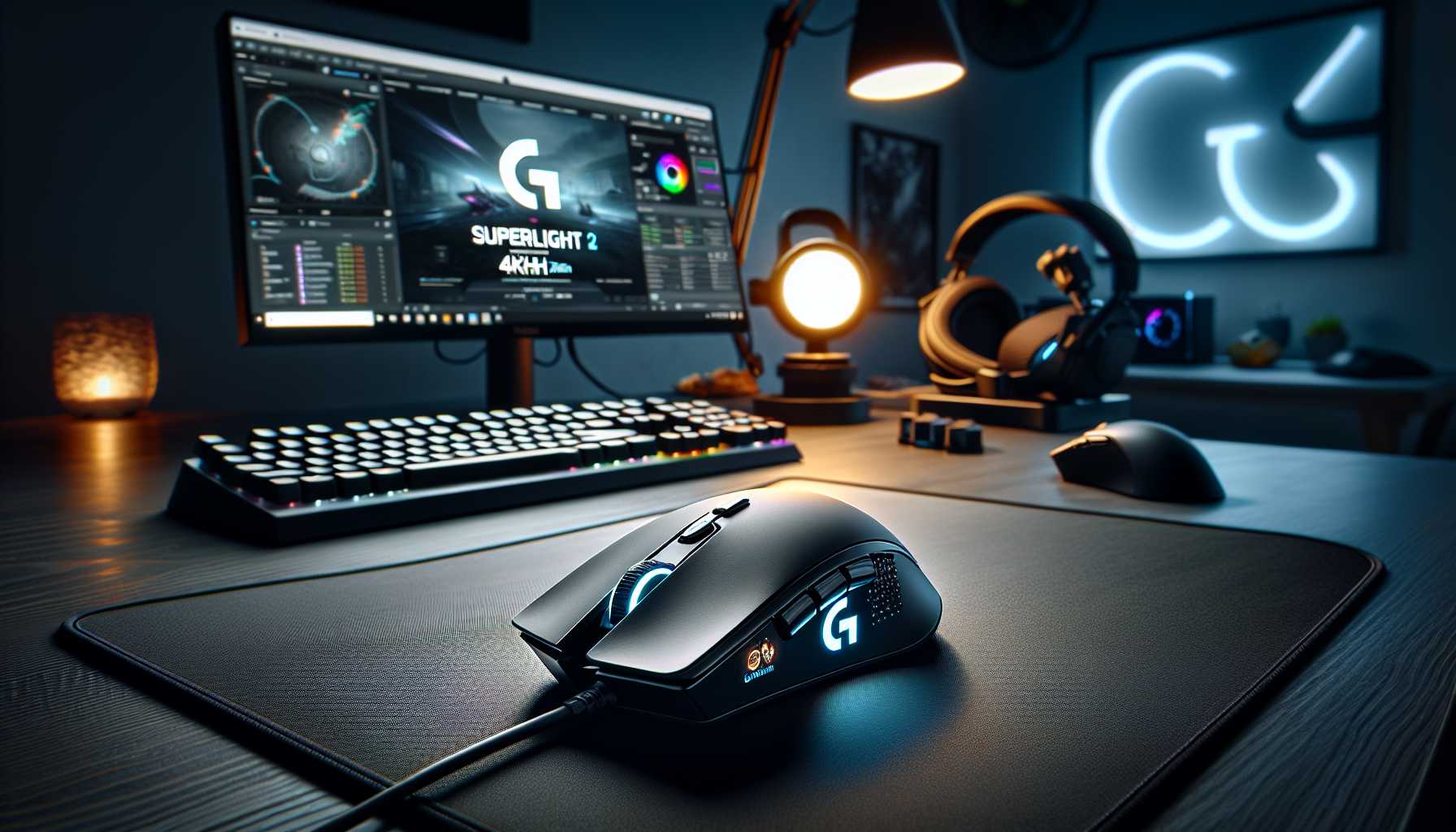The MacBook Air M3 Rises: A New Dawn for Laptops
Apple’s MacBook Air has always been a crown jewel of portability and prowess in the laptop kingdom, but with the introduction of the M3 chip, the realm has witnessed a remarkable evolution. Apple’s latest endeavor – the 13- and 15-inch MacBook Air models – are more than just a technological advancement; they are a testament to Cupertino’s relentless pursuit of perfection. It is remarkable how the new M3 chip promises accelerated performances compared to the previous generation, showcasing advancements in AI with its robust 16-core Neural Engine, extending its digital tendrils into the future with hardware-accelerated ray tracing and mesh shading. As a tech investor and enthusiast, this leap feels akin to a rite of passage for laptops that continue to transcend limitations. The inclusion of Liquid Retina displays, the nostalgic MagSafe charging, and the convenient versatility of Thunderbolt ports, collectively conjure an ecosystem that’s more ingenious than ever. Nevertheless, what truly piques my interest is the adaptability to future tech standards – like the Wi-Fi 6E’s 6GHz band. Imagine the smooth, uninterrupted streaming and browsing at your fingertips. The strategic offering of color variations does more than just appeal to aesthetics; it showcases a brand that appreciates personalization, with the midnight hue and its anodization seal addressing the practicality of fewer fingerprints.
The Midrange Challenger: Navigating Lenovo’s Slim 7i
In stark contrast to the MacBook’s sleek transition, the Lenovo Slim 7i emerges as a midrange challenger with an intention to disrupt the status quo. Its Intel Core Ultra 7 chip could have been a dark horse to contend with, yet its modest performance at the $1000 price point places it in a peculiar spot in the tech sphere. The Lenovo Slim 7i touts a durable all-aluminum body and MIL-STD 810H certification, but drops the ball on truly being lightweight. The weight is the price it pays for its durable chassis, which, while robust, doesn’t quite align with the mobile paradigm where every ounce contributes to the overall user experience. The integrated graphics on the Slim 7i deliver a surprisingly good punch, though. The nods to AI features and the Copilot key inject a touch of innovation, tailoring the laptop experience to modern needs. I applaud the touch-screen display options and the detailed care in the keyboard’s tactile feedback. Yet, if Lenovo truly aims to capture the hearts of the pragmatists amid the midrange rigamarole, its priorities may need realignment. After all, a midrange marvel isn’t purely about resonant specs, but about delivering an experience that punches above its weight and price.
Bridging Lifestyles: The Smart Hybrid Watches Saga
Switching gears from laptops, the smartwatch industry also shares its fair share of evolutions and revolutions. Yet, amid the complex and feature-packed juggernauts, a niche cries for simplification. Enter the Withings ScanWatch 2 and the ScanWatch Light – tactical retreats from the high-tech race towards hybrid smartwatches that blend the classic with the connected. It is a refreshing outlook for a part of the industry that often feels overcrowded with innovations that complicate rather than simplify. As I dabble in tech investments, these smartwatches strike a chord with their emphatic embrace of elegance and essentialism. They champion the idea that technology should integrate seamlessly into life without overshadowing it. The dichotomy between the ScanWatch 2’s sapphire crystal and the ScanWatch Light’s Gorilla Glass, the strategic focus on health tracking features and period tracking, all while maintaining a subtler footprint, laid bare a path that others may soon tread.
Pushing The Limits: High FPS Gaming with the G Pro X Superlight 2
Gaming enthusiasts rejoice as Logitech ups the ante with the firmware update for the G Pro X Superlight 2 mouse, enhancing the device’s polling rate to an impressive 4kHz. For the unacquainted, the polling rate is the heartbeat of responsiveness in a mouse, dictating the frequency of information transfer between the device and the computer. The prowess of high DPI/ low in-game sensitivity setup coupled with a mouse capable of 4,000 updates per second spells triumph for the esports fraternity. The differential impact of such polling rates on gaming experiences has been a hot topic, with opinionated commentaries and exhaustive technical breakdowns. While the perceptible difference may be debatable, the push towards faster and more precise cursor positions cannot be overlooked. Whether it renders a tangible shift in gaming mastery remains a question, but the endeavor to maximize potential and minimize latency is an indomitable spirit that the tech industry embodies.
The Wrap-up: Tech’s Relentless March Forward
From powerhouse processors to quaint timepieces and responsive gaming peripherals, the tech industry’s relentless march forward is evident. Apple’s MacBook Air endures as an exemplar of progress, showing us how technology can be both powerful and intimate. Lenovo’s Slim 7i reminds us that power and beauty can be accessible without a premium. And in the domain of wearable tech, Withings presents a pared-back perspective that contrasts sharply with the undeterred advance in esports technology by Logitech. As we analyze, wear, and interact with these varied tech tales, we’re reminded that innovation isn’t merely a rat-race; it’s a spectrum where sometimes, less can be more, and at other times, more is just the beginning. In this dynamic tableau vivant, it’s clear: the tech world is in constant flux, brilliantly unpredictable, always beckoning.




